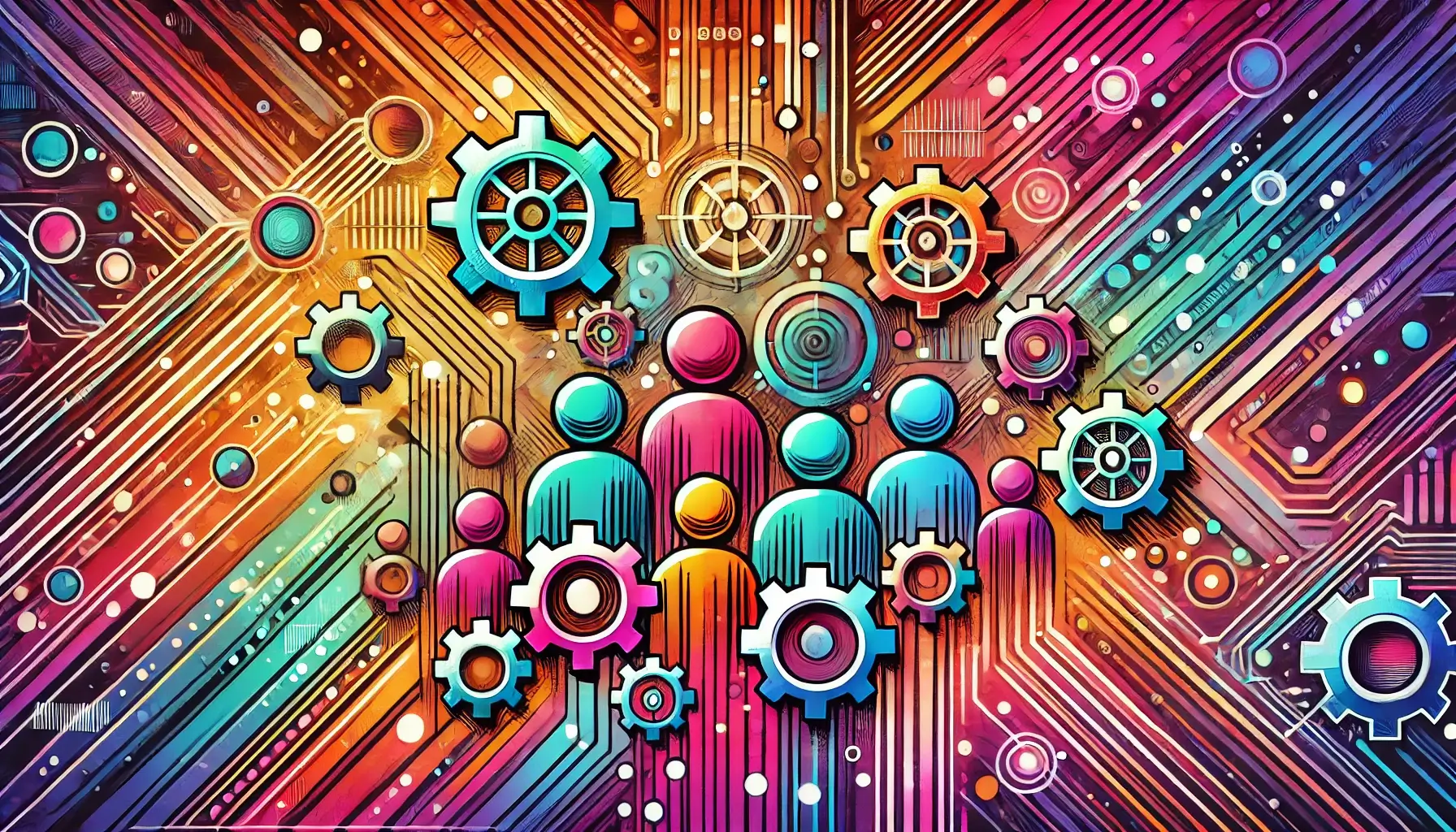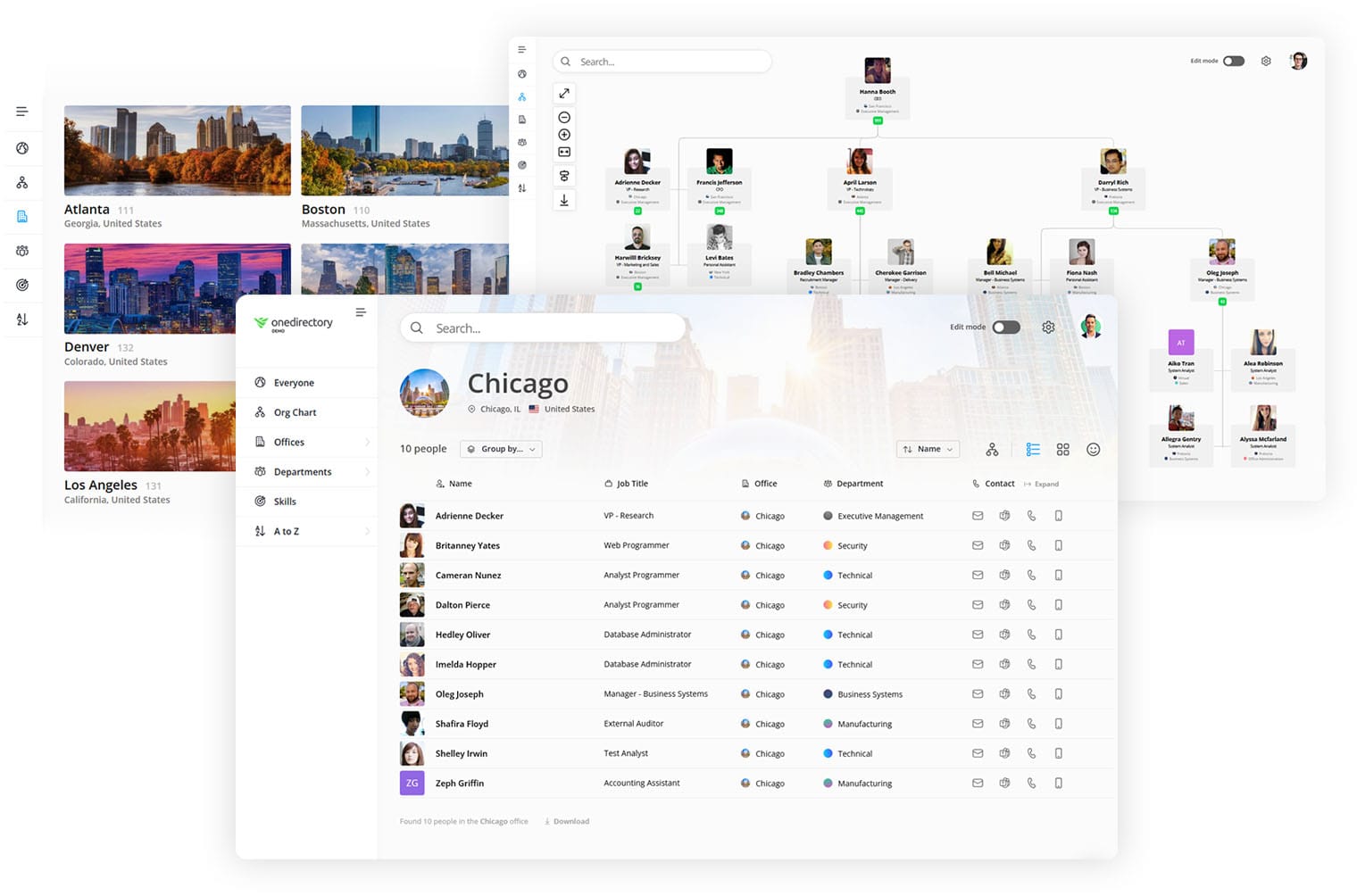What is Employee Management Software?
Discover how employee management software transforms businesses by streamlining HR tasks, enhancing communication, and boosting employee engagement.

Have you ever tried juggling water balloons in the summer heat? One slip, one slight miscalculation, and suddenly you’re soaked—and not in the refreshing sense.
That’s often what managing employees can feel like when you’re doing everything by hand—schedules, performance reviews, timesheets, onboarding tasks, you name it. It’s a precarious balancing act. But that’s exactly where Employee management software swoops in like a digital superhero, saving you from those ill-timed splashes.
Like many folks in business, I’ve had my fair share of soggy misadventures—maybe not with literal water balloons, but certainly with sloppy spreadsheets and missing documents. It’s no wonder that across the board, companies big and small are turning to technology to streamline the daily and not-so-daily tasks of managing a team. Think of it as giving yourself a digital assistant that can handle a thousand details at once, from payroll to performance metrics, all while you’re busy doing what you do best: building a thriving organization.
Let’s unwrap this concept step by step.
The Big Question: Why Do We Need Employee Management Software?
Before we dive into definitions, think about the last time you tried to organize a group dinner at your favorite pizza place. You had to juggle everyone’s availability, dietary preferences, budget constraints, and maybe even the location. By the end, you probably wished you could delegate the entire headache to someone else.
That’s employee management software in a nutshell—it’s the “someone else” that helps you keep track of details, preferences, constraints, and everything in between. It ensures that the right tasks get done, by the right people, at the right time, without leaving you feeling overwhelmed.
Back in my first management job, I believed the best solution was a “master spreadsheet.” Every Monday morning, I’d update that behemoth of a file with new hires, shift changes, payroll updates, and other odds and ends. I was proud of my color-coded genius—until the day I accidentally sorted the file by the wrong column.
Goodbye, genius; hello, chaos. You see, spreadsheets can feel intuitive at first, but as soon as your team starts to grow, or you need advanced analytics, they become more trouble than they’re worth.

The Basics: What Exactly Is Employee Management Software?
Imagine a cozy living room with a big, comfy couch and a reliable entertainment system. Employee management software is the couch on which your team lounges, the system that makes sure everyone is entertained, comfortable, and productive at the same time.
More technically, it’s a suite of digital tools designed to automate, organize, and optimize the many, many facets of managing a workforce. In practical terms, it often includes:
- Time Tracking & Attendance: Automatically log hours worked, approve time off, and keep an eye on attendance trends.
- Payroll & Benefits Management: Streamline salary calculations, tax deductions, and benefits tracking.
- Performance Monitoring: Track goals, deliver feedback, and conduct performance reviews with a structured, transparent process.
- Recruiting & Onboarding: Post job openings, process applications, manage interviews, and introduce new hires to the team seamlessly.
- Scheduling & Shift Management: Coordinate who works when, ensuring no gaps or overlaps in coverage.
- Employee Records & Compliance: Store all necessary employee data securely, reducing the risk of lost paperwork or compliance mess.
- Employee Profiles & Employee Search: With a robust employee profile system, each team member’s skills, experience, and even performance history are stored and are searchable in a centralized profile.
That’s quite the list, right? And guess what: many modern platforms roll all these features into one user-friendly package. Suddenly, your daily tasks don’t involve crossing your fingers that your color-coded spreadsheet doesn’t betray you.

Why Is Employee Management Software a Big Deal?
Skeptics sometimes ask, “We’ve managed employees with pen and paper for decades—why complicate things?”
The answer is straightforward: We’re no longer dealing with the same workplace structures as decades ago. Whether you’re running a fully remote team scattered across continents or a local café with rotating shifts, the complexity has skyrocketed. Employee management software meets that complexity head-on.
- Efficiency
Picture this: Instead of rummaging through an inbox stuffed with unread HR emails or flipping through a dog-eared company manual, your employees and managers can tap into an integrated, centralized dashboard. They can see everything from upcoming shifts to pending leave requests, all in one place. Saved time is saved money. - Accuracy
No one loves double-checking endless data sets. And if you’re like me, you’d probably rather watch paint dry than go through a thousand cells in a spreadsheet verifying who forgot to clock out on Tuesday. Employee Management Software automatically tracks changes and flags anomalies. You get fewer mistakes, fewer headaches, and fewer last-minute panics. - Insights
Perhaps the most underrated benefit is the wealth of data these systems capture. You can analyze trends, predict staffing needs, or identify performance bottlenecks. It’s like having a crystal ball in your back pocket, but one that’s supported by real, tangible data—not just a guess or a hunch. - Compliance and Security
Regulations around employee data and privacy are no joke. The software platforms typically offer built-in compliance measures and data encryption, giving you that added layer of security. It’s like having a second (and more vigilant) set of eyes monitoring your legal obligations.
Overcoming Common Objections and Hesitations
You might be thinking, “This software sounds amazing, but software can be expensive, right?” Or maybe, “What if my team resists new technology?” Great questions. Let’s address them:
- Cost: Yes, there’s an investment. But consider the ROI. Time saved on administrative tasks, errors avoided, and data-driven decisions often offset subscription fees and initial setup costs. Furthermore, many vendors offer scalable plans, so you can pick the features you need and upgrade as you grow.
- Team Adoption: If you roll out the software with clarity and proper training, people will actually embrace it. Focus on the benefits for them: fewer manual forms to fill, instant access to schedules, transparent performance feedback. When employees see how it makes their lives easier, resistance tends to melt away.
- Complex Implementation: It might feel overwhelming to move from a purely manual setup to a digital platform. The key is to start small and let the software handle the tough stuff. Implement one or two modules at a time—like time tracking and scheduling—so everyone can adapt gradually.
How to Pick the Right Employee Management Software
Choosing the perfect platform can feel a bit like picking out an ice cream flavor when you love them all. The best approach is to think about your must-haves versus your nice-to-haves. For instance, if you’re a small company with 20 employees, you might need basic scheduling and payroll. But if you’re managing multiple cross-functional teams, you might want advanced analytics and performance management features.
Also, keep an eye out for user-friendliness. The more intuitive the interface, the quicker your team will adapt. Don’t forget to look into customer support—trust me, you’ll thank yourself when a question pops up at 9 p.m. and you need that quick chat feature to resolve it.
Bringing It All Together
Employee management software, at its core, is about giving you—and your team—freedom.
Freedom from spreadsheets that implode at the slightest data sort. Freedom from playing hide-and-seek with paperwork. Freedom from mistakes that carry heavy financial or legal consequences. It’s a system of trust, consistency, and insight.
And let’s not forget the ultimate bonus: it frees you to do what you’re really passionate about—growing a dynamic, engaged team that drives your organization forward. When your day isn’t swallowed up by administrative tasks, you can invest your time in strategy, innovation, or maybe even an afternoon brainstorming session over coffee. That’s what real leadership is about.
So, if you’re juggling too many “water balloons” right now, take a moment to consider how Employee management software might save you from the next big splash. Because when you give your team the right tools, the rest gets a whole lot easier—and significantly less soggy.
About the Author
Greg Bennett is the COO at OneDirectory and a recognized authority on organizational leadership, employee collaboration, and enterprise technology. With over a decade of hands-on experience, he has authored more than 100 articles on org charts, Microsoft 365, and employee data, all aimed at helping businesses streamline operations and boost engagement.


